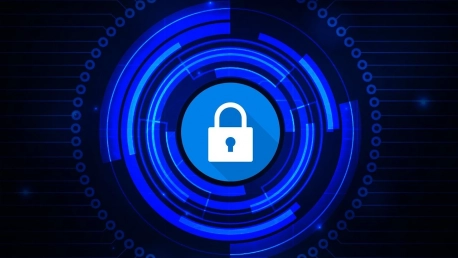As digital transformation accelerates across industries, the cybersecurity landscape becomes increasingly complex and perilous. The persistent evolution of threats demands an equally dynamic and resilient approach to cyber defense. Despite strides in technological advancement and strategic policymaking, the question lingers – is our current cybersecurity readiness adequately matched to the sophisticated threat landscape we face today?
The Rise of Sophisticated Threats
The sophistication of cyber threats has reached new heights, with adversaries deploying more complex and stealthy methods to breach networks. Advanced persistent threats (APTs) and state-sponsored actors have been implicated in numerous incidents, employing tactics that can lie undetected for extended periods. Phishing continues to be an effective vector for initiating attacks, with organizations like Akamai reporting a worrying influx of deceptive domains. The alarming rise in these tactics challenges the effectiveness of traditional cybersecurity measures. Industry professionals are scrambling to develop more proactive and adaptive strategies to detect and mitigate such insidious risks before they escalate into full-blown crises.Increased reliance on the Internet of Things (IoT) has compounded the problem, as a myriad of devices connect to corporate networks, providing new gateways for exploitation. The UK has taken steps to curb this by legislating IoT device security; however, it’s clear that worldwide standards vary greatly and enforcement is uneven. Such regulations are crucial, but are they swiftly and uniformly applied to make a significant impact? Meanwhile, Honeywell reports a spike in USB-borne malware attacks, targeting industrial systems. These incidents signal a pressing need for organizations to tighten endpoint security and raise awareness among staff about the dangers of unsanctioned device usage.
Adaptation and Response
In today’s era of rapid digital expansion, the complexity and danger of the cybersecurity environment have escalated. Cyber threats are continuously advancing, necessitating an adaptive and formidable defense mechanism. While technology and policy have advanced, aiming to keep pace with these threats, uncertainty remains regarding the adequacy of our cybersecurity measures in the face of such a sophisticated and evolving landscape.As industries embrace digital transformation, the realm of cybersecurity grows more intricate and fraught with hazards. The relentless progression of cyber threats calls for a dynamic and robust defense strategy. Although technological innovations and strategic policies have made significant progress, doubts persist about whether our current state of cyber readiness is truly sufficient to counter the advanced threats of today’s world.









